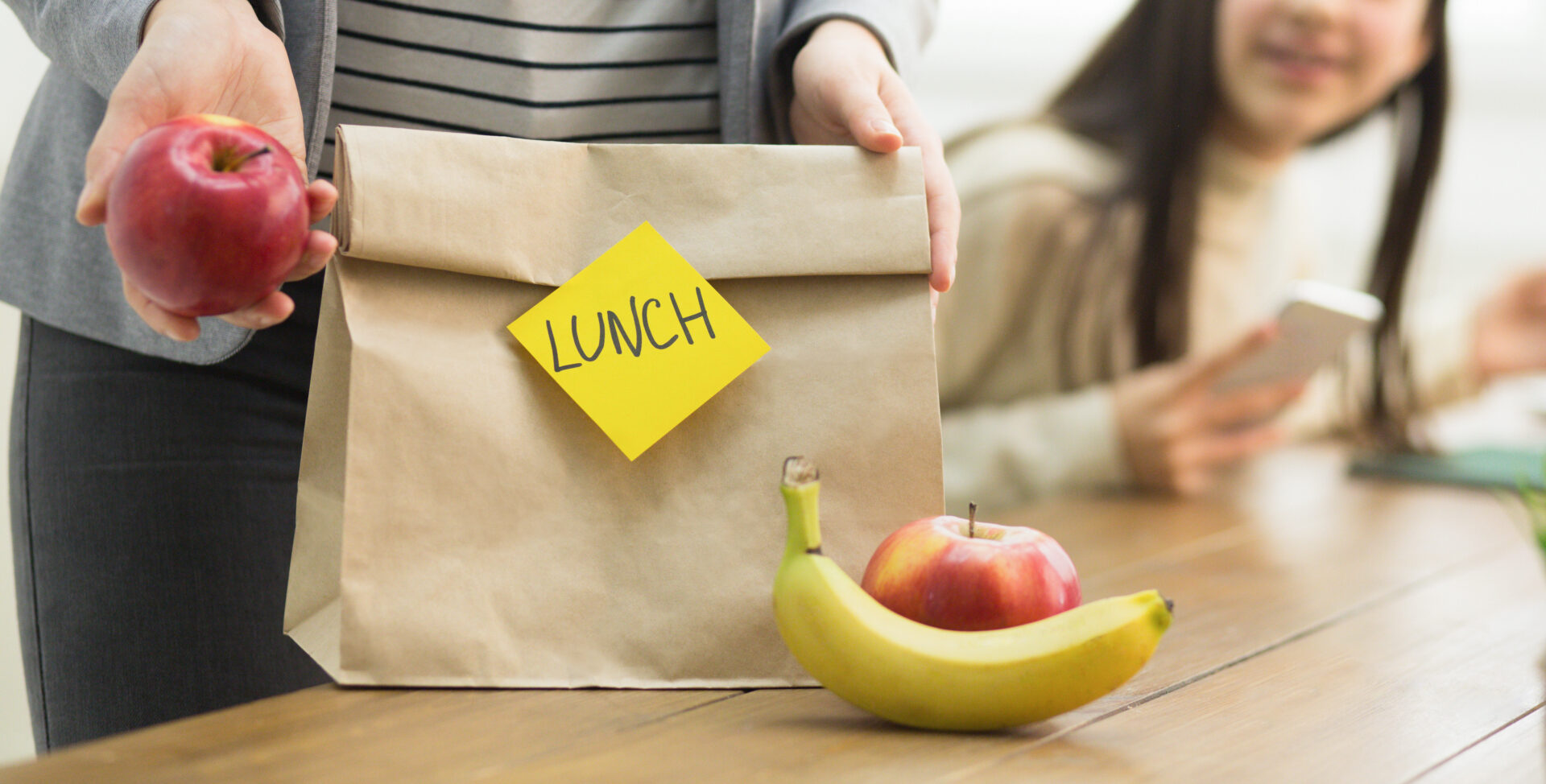News

Packed school lunches
As children return to school many will take a packed lunch with them. We take great care to create healthy lunches for our children to eat, but what about the storage containers food and drink they’re packed into – are they are good for our children’s health? Here we take a look at lunchboxes and drinks bottles and consider some of the potential health risks of the most commonly used material – plastic.
Phthalates and bisphenols
Most plastics rely on phthalates to make them more flexible. They’re widely found in food packaging and plastic food wrap, such as cling film. Because phthalates are not strongly bound within plastic materials they can easily leach out into food, risking the possibility of ingestion when food is eaten; this is the main route of exposure.
Bisphenols are used to harden plastic and make it more durable and long lasting, meaning they are used for items such as plastic bottles and lunch boxes. The main source of exposure to bisphenols is via food and drink from packaging containing the chemicals, such plastic bottles, the linings of tin cans, and tetra drink cartons such as those used for plant-based milks and juices. Microplastics can also be released into our food and drink if we use plastic packaging.
What are the potential health risks of exposure?
Exposure to phthalates appears to be higher in children than adults and adolescents. They have been found to have endocrine disrupting effects, so they are known as EDCs. Bisphenols are also known as EDCs due to their ability to mimic the effects of oestrogen.
Early childhood exposure to BPA has been linked to later behavioural problems. BPA and BPS have been linked to childhood obesity and studies have linked the chemicals to fertility issues, diabetes, impaired brain development and some cancers.
Alternatives to plastic lunch boxes and bottles
- Choose stainless steel lunchboxes and water bottles. As well as being plastic free, some designs are insulated and keep food and drink cool for longer.
- Search phthalate and BPA free lunch boxes and drink bottles if plastic is the most convenient choice for you. If a product is BPA free, check it is not made using BPS or BPF instead, because they can have similar effects to BPA.
- Bamboo ‘Bento’ lunch boxes and cutlery are a great alternative to plastic.
- Replace plastic wrap such as cling film with reusable wraps such as those made from beeswax or plant-based alternatives.
- Use brown paper bags for sandwiches instead of plastic food bags.
- To reduce exposure to microplastics cut down on plastic bottles and plastic food packaging.
- Avoid scratched and discoloured plastics, check how the items have been stored, as some shops put products in the shop window where it is heated by the sun.
More reading
Read our Insight Guides to phthalates and bisphenols
The information on our website should not be used as an alternative to medical advice from your doctor or other professional healthcare provider. If you have any specific questions about any medical matter, you should consult your doctor or other professional healthcare provider. Lastinghealth.com is not responsible for the content of external websites. The inclusion of a link to a third-party website should not be understood as an endorsement.






